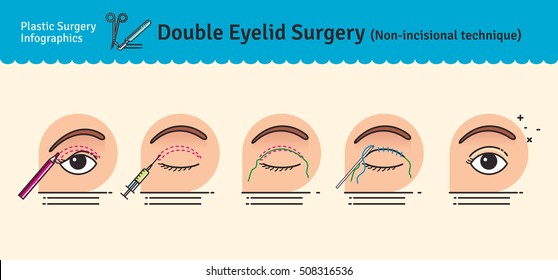Embark On An Exciting Journey Via The Evolution Of Cataract Surgery Techniques, From Ancient Roots To Cutting-Edge Advancements That Are Reshaping The Future Of Eye Care
Embark On An Exciting Journey Via The Evolution Of Cataract Surgery Techniques, From Ancient Roots To Cutting-Edge Advancements That Are Reshaping The Future Of Eye Care
Blog Article
Developed By-Brask Kearney
As you check out the development of innovative cataract surgery methods, you'll witness a trip noted by resourcefulness and precision. From old methods that led the way for modern developments to sophisticated technologies that are revolutionizing the field, the extensive overview of cataract surgical treatment methods is a testimony to human development and dedication to enhancing individual results. The elaborate interaction in between historical methods and advanced advancements produces an interesting story that clarifies the evolution of one of the most common surgical procedures worldwide.
Historic Techniques and Innovations
Explore how very early surgeons revolutionized cataract treatment by using innovative methods and tools. In LASIK Meaning , cataract surgical procedure was a risky and unpleasant treatment. However, ancient Indian physicians were amongst the very first to attempt medical interventions for cataracts, making use of a method called 'formulating' where a sharp instrument was used to press the cataract back right into the eye. This method, though crude by today's requirements, laid the groundwork for future developments in cataract surgery.
As time proceeded, Arab physicians made significant contributions by establishing specialized needles for cataract removal. These needles were made use of to penetrate the cataract and afterwards remove it from the eye, marking a considerable renovation in surgical precision.
Later on, in the 18th century, the French doctor Jacques Daviel spearheaded the strategy of extracapsular cataract extraction, where the whole lens was gotten rid of intact through a larger incision. This noted a major innovation in cataract surgery methods, paving the way for the modern-day treatments we utilize today.
Modern Surgical Approaches
Early methods in cataract surgical procedure have actually progressed significantly, bring about the advancement of modern medical techniques that prioritize precision and enhanced patient results. Modern cataract surgical treatment now frequently includes a procedure called phacoemulsification, where an ultrasonic tool separate the cataract for removal with a tiny cut. read the article enables quicker healing and reduces the danger of issues compared to older techniques.
Additionally, the use of innovative intraocular lenses (IOLs) has changed cataract surgery results. These lenses can fix not just the cataract yet additionally other refractive errors like astigmatism, lowering the demand for glasses post-surgery.
Surgeons today likewise have access to innovative imaging modern technologies that aid in exact preoperative preparation and intraoperative decision-making. Optical comprehensibility tomography (OCT) and various other imaging methods provide in-depth photos of the eye's structures, enabling an extra customized method to each individual's surgical treatment. With these innovations, modern cataract surgery methods remain to boost, providing individuals safer procedures and far better visual end results.
Arising Technologies in Cataract Surgical Treatment
With developments in innovation revolutionizing the field, cataract surgery is witnessing the assimilation of ingenious techniques for enhanced patient end results. Arising technologies in cataract surgical treatment are reshaping the landscape of ophthalmic treatments. https://wexnermedical.osu.edu/eye-care-ophthalmology/conditions-and-services/oculoplastics is femtosecond laser technology, which permits specific corneal cuts, capsulotomies, and lens fragmentation, leading to enhanced surgical precision and results.
Additionally, intraoperative aberrometry is gaining popularity, making it possible for real-time measurements of refractive errors throughout surgical procedure to improve intraocular lens power estimations and minimize postoperative refractive shocks.
In addition, using advanced imaging innovations like optical coherence tomography (OCT) and intraoperative wavefront aberrometry help surgeons in specific surgical preparation and execution. These devices give thorough physiological information and aid tailor medical methods for each and every individual's special eye attributes.
Furthermore, growths in artificial intelligence are being explored to help in preoperative preparation, intraoperative decision-making, and postoperative treatment, potentially optimizing medical results and client satisfaction. Embracing these arising technologies in cataract surgical treatment holds promise for additional enhancing individual end results and guaranteeing the proceeded advancement of ophthalmic surgical methods.
Final thought
As you trip through the history of cataract surgical procedure, you witness the improvement from ancient techniques to sophisticated technologies. Like a phoenix increasing from the ashes, cataract surgery has evolved right into a beacon of hope and advancement.
Equally as a caterpillar arises from its cocoon as a lovely butterfly, cataract surgical procedure has actually developed into a refined art type, offering clients clearer vision and a brighter future.
The evolution continues, beaming a light on endless opportunities.
